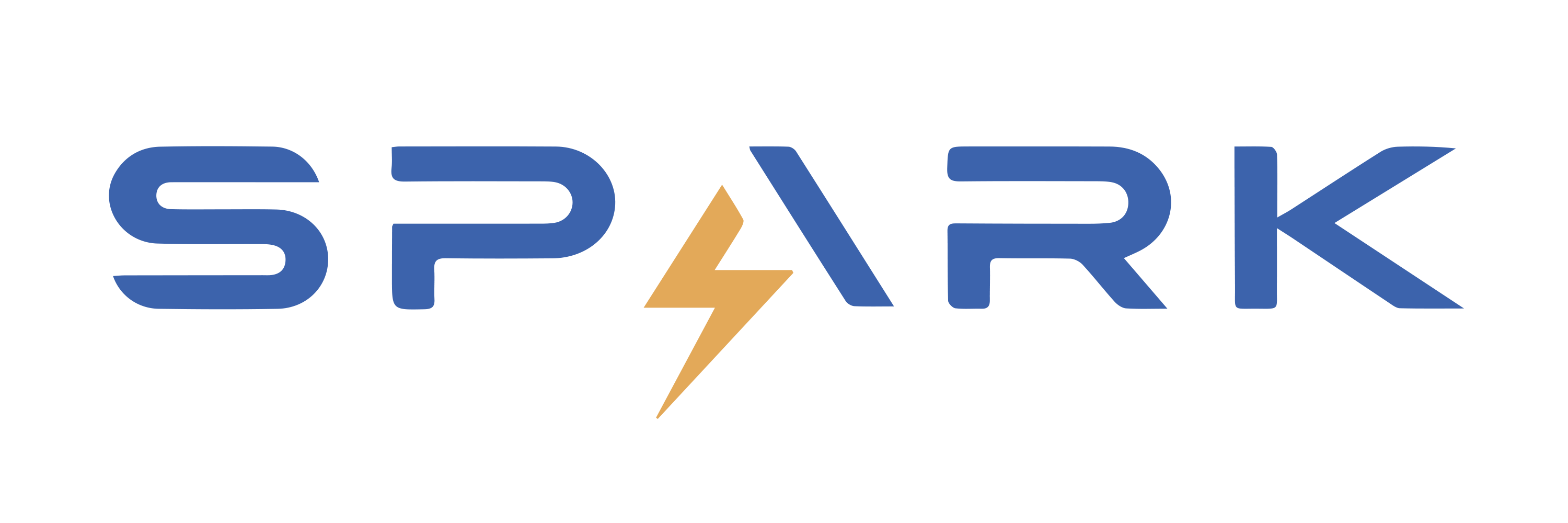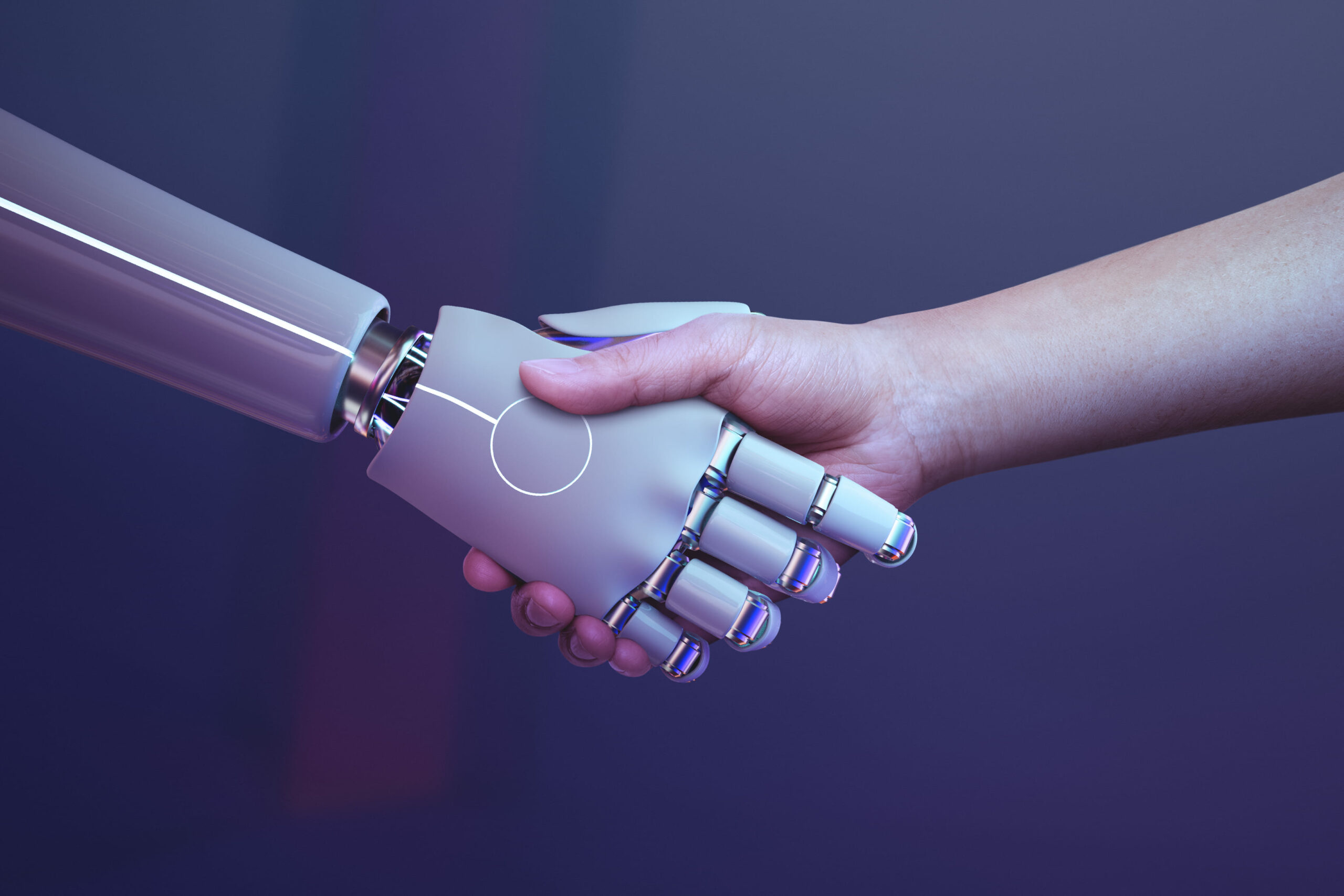Generative AI in Action: Real-world Use Cases
Artificial intelligence (AI) has been one of the most talked-about technologies in recent years. This technology has been transforming the way we live and work. One of the most exciting advancements in AI is generative AI. This technology has the potential to revolutionize the way we create content, design products, and even communicate with each other. In this blog post, we will explore what generative AI is and some of its most exciting use cases.
What is Generative AI?
Generative AI is a type of artificial intelligence that uses machine learning algorithms to create new content. This content can be anything from images and videos to music and text. The main idea behind generative AI is to create something new that has never been seen or heard before. This is done by training the AI on a large dataset of existing content and then using that knowledge to generate new content.
Generative AI and its use cases have been gaining a lot of attention in recent years. From creating art to generating human-like text, the potential applications of generative AI are vast and diverse. In this article, we’ll explore some of the most exciting use cases of generative AI and how they are shaping the future of technology and creativity.
Use Cases of Generative AI
Art and Design
Generative AI has been used to create stunning pieces of art and design. Artists and designers are using generative AI algorithms to generate unique and innovative designs, patterns, and visuals. These algorithms can analyze existing art and design styles and then create new and original pieces that they inspire. This has opened up new possibilities for creative expression and has pushed the boundaries of what is possible in the world of art and design.
Music Composition
Generative AI has also been used to compose music. By analyzing large datasets of existing music, generative AI algorithms can create new compositions that are inspired by different genres and styles. This has led to the creation of music that is both familiar and innovative, pushing the boundaries of what is possible in the world of music composition.
Text Generation
Generative AI has made significant advancements in natural language processing, allowing for the generation of human-like text. This has led to the development of chatbots, virtual assistants, and content generation tools that can create written content that is indistinguishable from that produced by humans. This has revolutionized the way we interact with technology and has opened up new possibilities for content creation and communication.
Image Generation
Generative AI algorithms have also been used to generate realistic images. By analyzing large datasets of images, generative AI algorithms can create new ideas that are visually indistinguishable from real photographs. This has opened up new possibilities for the creation of visual content and has the potential to revolutionize the way we create and consume visual media.
Video Generation
Generative AI has also been used to generate realistic videos. By analyzing large datasets of videos, generative AI algorithms can create new videos that are visually indistinguishable from real footage. This has the potential to revolutionize the way we produce and consume video content, opening up new possibilities for visual storytelling and communication.
Drug Discovery
Generative AI has also been used in the field of drug discovery. By analyzing large datasets of chemical compounds and their properties, generative AI algorithms can create new combinations that have the potential to be used as pharmaceutical drugs. This has the potential to revolutionize the way we develop new medicines and has the potential to lead to the discovery of new treatments for a wide range of diseases.
In conclusion, generative AI continues to advance; its use cases will only continue to grow and diversity. From creating realistic images and music to generating personalized recommendations and virtual designs, the potential applications of this technology are truly endless. As businesses and industries continue to explore the possibilities of generative AI, we can expect to see even more innovative and impactful use cases emerge in the years to come.
At Spark, we understand the importance of staying ahead of the curve when it comes to AI integrations. That’s why we work with third-party AI solutions to bring cutting-edge technology to our app and web development projects. By partnering with industry leaders such as Open AI ChatGPT and Google’s Palm AI, we are able to harness the power of advanced AI capabilities to deliver innovative and impactful solutions to our clients.
If you’re interested in learning more about how we at Spark can help you to integrate third-party AI to your existing or new web / app projects, feel free to drop us a message. We’re always excited to explore new possibilities and push the boundaries of what’s possible with AI technology. Let’s continue to innovate and create amazing experiences for users around the world!
If you are looking for high quality web or app development services feel free to drop us a message


